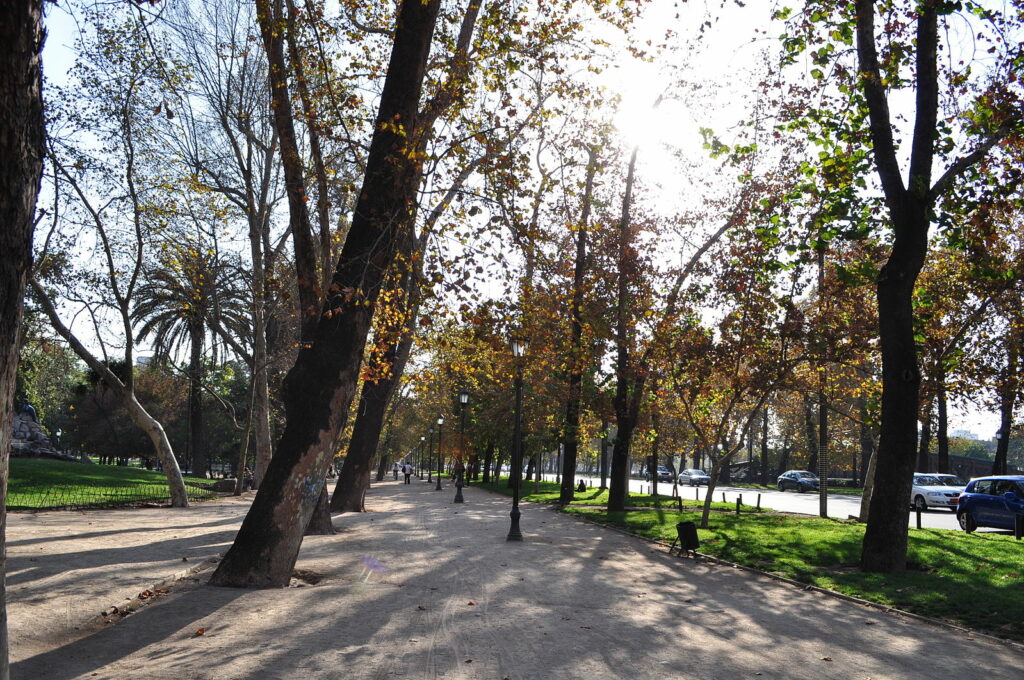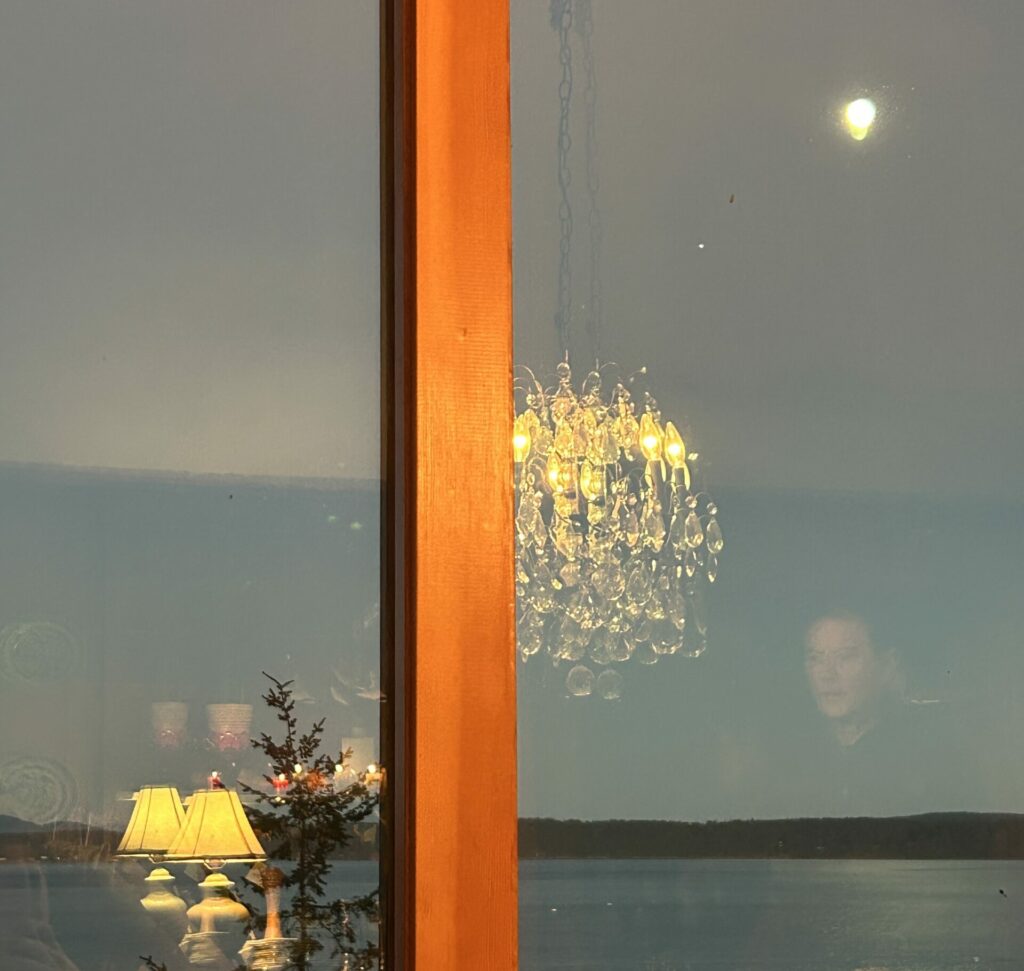Parque Forestal. Photograph by Arturo Rinaldi Villegas, via Wikimedia Commons. Licensed under CC0 BY-SA 3.0 Deed.
“Pedro Lemebel, one of the most important queer writers of twentieth-century Latin America,” writes Gwendolyn Harper, his translator, was “a protean figure: a performance artist, radio host, and newspaper columnist, a tireless activist whose life spanned some of Chile’s most dramatic decades. But above all he was known for his furious, dazzling crónicas—short prose pieces that blend loose reportage with fictional and essayistic mode … Many of them depict Chile’s AIDS crisis, which in 1984 began to spread through Santiago’s sexual underground, overlapping with the final years of the Pinochet dictatorship.” Over the next few weeks, the Review will be publishing several of these crónicas, newly translated by Harper, as part of a brief series.
And despite the man-made lightning that scrapes intimacy from the parks with its halogen spies, where municipal razor blades have shaved the grass’s chlorophyll into waves of plush green. Yards upon yards of verde que te quiero verde in Parque Forestal all straightened up, pretending to be some creole Versailles, like a scenic backdrop for democratic leisure. Or more like a terrarium, like Japanese landscaping, where even the weeds are subject to the bonsai salon’s military buzzcuts. Where security cameras the mayor dreamed up now dry up the saliva of a kiss in the bigoted chemistry of urban control. Cameras so they can romanticize a beautiful park painted in oils, with blond children on swing sets, their braids flying in the wind. Lights and lenses hidden by the flower in the senator’s buttonhole, so they can keep an eye on all the dementia drooling on the benches. Old-timers with watery blue eyes and poodle pooches cropped by the same hand that hacks away at the cypresses.
But even then, with all this surveillance, somewhere past the sunset turning bronze in the city smog. In the shadows that fall outside the diameter of grass recruited by the streetlamps. Barely touching the wet basting stitch of thicket, the top of a foot peeks out, then stiffens and sinks its nails into the dirt. A foot that’s lost its sneaker in the straddling of rushed sex, the public space paranoia. Extremities entwine, legs arching and dry paper lips that rasp, “Not so hard, that hurts, slowly now, oh, careful, someone’s coming.”
Couples walk by on the path, holding hands, gathering bouquets of orange blossoms on their way down legality’s shining aisle. Future newlyweds who pretend they don’t see the cohabiting snakes rubbing against each other in the grass. Who say under their breath, “Those were two men, did you notice?” and keep walking, thinking about their future male children, the boys, warning them about the parks, about those types who walk alone at night and watch couples from behind the bushes. Like that voyeur who was watching them just a little while ago. He watched as they made love in the sweetness of the park because they didn’t have money for a motel, but they enjoyed it more than ever, there in the green outdoors, with that spectator who couldn’t applaud because his hands were busy running full steam ahead, leaking out an “Ay, I’m going to come, slow down won’t you.” So the woman said to the man, “You know I can’t if someone’s watching.” But at that stage, “I can’t” was a moan silenced by fever and “someone’s watching” just a sprinkling of Egyptian eyes swimming among the leaves. An overwhelming vertigo that bred a pair of bronze pupils inside her, in the eyes that sprung from her pregnancy. And when the boy turned fifteen, she didn’t say, “Be careful in parks,” because she knew those golden eyes were the park’s thirsty leaves. That’s why the warning stuck in her throat. Maybe “Be careful in parks” sums up that green gossamer, that hurried drawing back of his young foreskin’s curtain. That launching of himself into the park to wander over the gravel like an asp in heat, playing the fool, he smokes a cigarette so that the man following him can ask for a light and say, “What are you up to?” And, already knowing the reply, gently pushes him behind the bushes. And there, in all that damp, he kindles the curled pubic forest, his lizard tongue sucking on balls of wild hierbabuena. His fiery kiss climbing to the tip of that selenite stem. And while cars and buses careen along the ribbon of coastline, the boy hands over all the stagnation of his fragile fifteen years, years now shipwrecked like paper boats in the soaked sheets of grass. And who cares if the rustling branches tell him that someone is watching, because he knows how hard it is to see a porn movie in this country; he’s watched before, too, and he’s familiar with the technique, parting branches to join the park’s incestuous trinity.
Copyright
© The Paris Review









